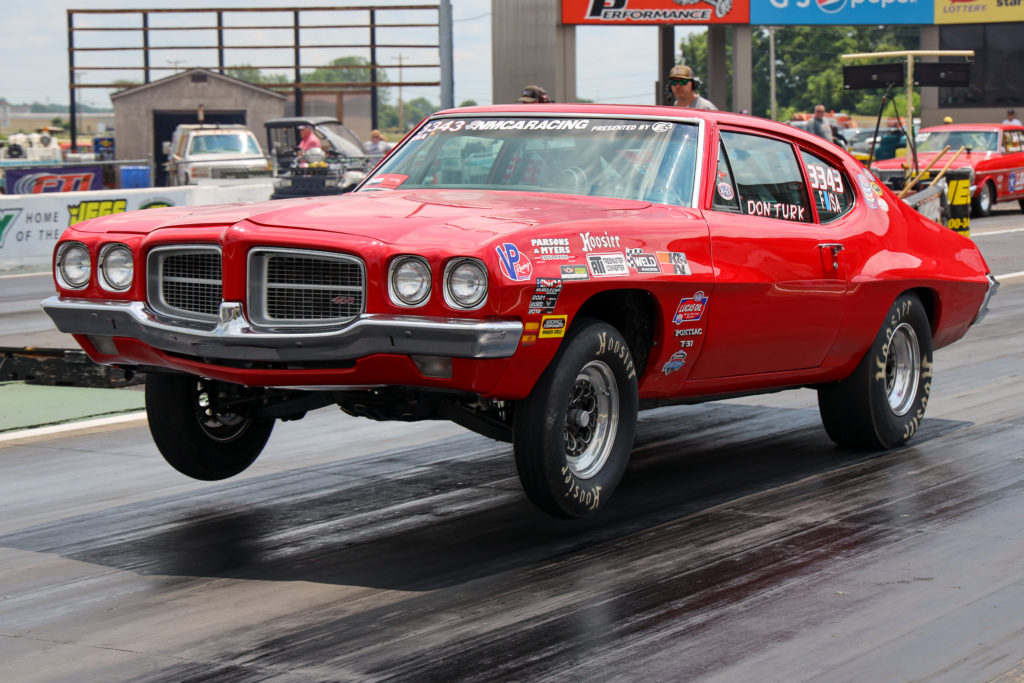The story of the Pontiac Lemans and the GTO is a tapestry woven with threads of innovation, power, and the spirit of American muscle. These iconic cars didn’t just travel roads; they thundered across the cultural landscape, leaving an indelible mark on automotive history.
The Pontiac Lemans was born in 1961 as a trim level for the Pontiac Tempest. It was named after the famous 24 Hours of Le Mans auto race in France, hinting at its performance-focused DNA. The Lemans offered a balance of comfort and power, a car that could serve as a family sedan during the week and transform into a drag-strip contender on the weekends. With its sleek lines and robust engine options, the Lemans quickly established itself as a car that merged style with performance.
But the true revolution came in 1964 with the introduction of the Pontiac GTO, a performance package for the Lemans. The GTO, which stood for “Gran Turismo Omologato,” was a term borrowed from European sports car racing and roughly translated to “Grand Touring, Homologated.” It signified a car approved for racing, and Pontiac’s GTO lived up to its name. Often considered the first true muscle car, it was the brainchild of John Z. DeLorean, Bill Collins, and Russ Gee, who defied GM’s restrictions against large engines in smaller cars. They equipped the Lemans with a 389 cubic inch (6.4L) V8 from the full-size Pontiac lineup, paired with a Hurst-shifted four-speed manual transmission, and the GTO was unleashed as an optional package for the Pontiac Lemans.
The GTO’s raw power and aggressive styling resonated with the youth of the 1960s, sparking a performance war among American automakers. It boasted a 325 horsepower engine with an option to upgrade to a “Tri-Power” version that increased its power to 348 horsepower. This beast could sprint from 0 to 60 mph in just over 6 seconds, a figure that put many sports cars of its era to shame.
In 1966, the GTO became its own model and continued to dominate the muscle car era with its powerful engines, including the legendary 400 cubic inch (6.5L) V8. The GTO Judge, introduced in 1969, further solidified the GTO’s legacy. It was named after a comedy routine, “Here Comes the Judge,” from the popular “Rowan & Martin’s Laugh-In” TV show. The Judge package boasted vibrant colors, bold decals, and a standard Ram Air III engine, capturing the exuberant, rebellious spirit of the age.
The GTO’s success spurred Pontiac to push the envelope further, leading to innovative designs and engineering marvels. It was a golden era that lasted until the early 1970s when rising insurance rates, environmental regulations, and fuel crises would spell the beginning of the end for the traditional American muscle car. The GTO would take its final bow in 1974, leaving behind a legacy of power and freedom.
The Pontiac Lemans, however, persisted in various forms until 1981. It was reinvented through the years, adapting to the changing demands of the market and the stringent emissions standards. It became more luxurious and less performance-oriented, but it never lost it’s DNA.


